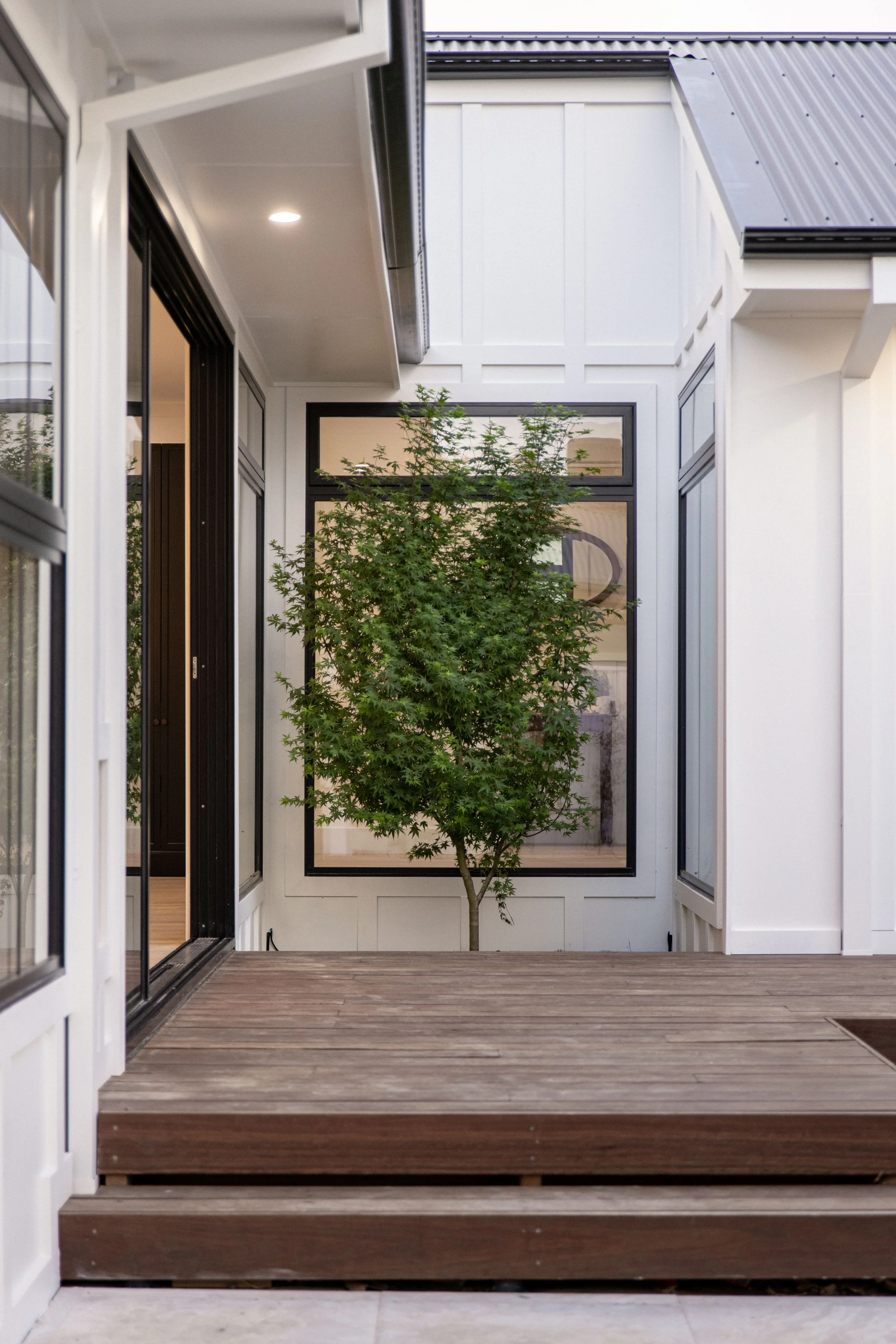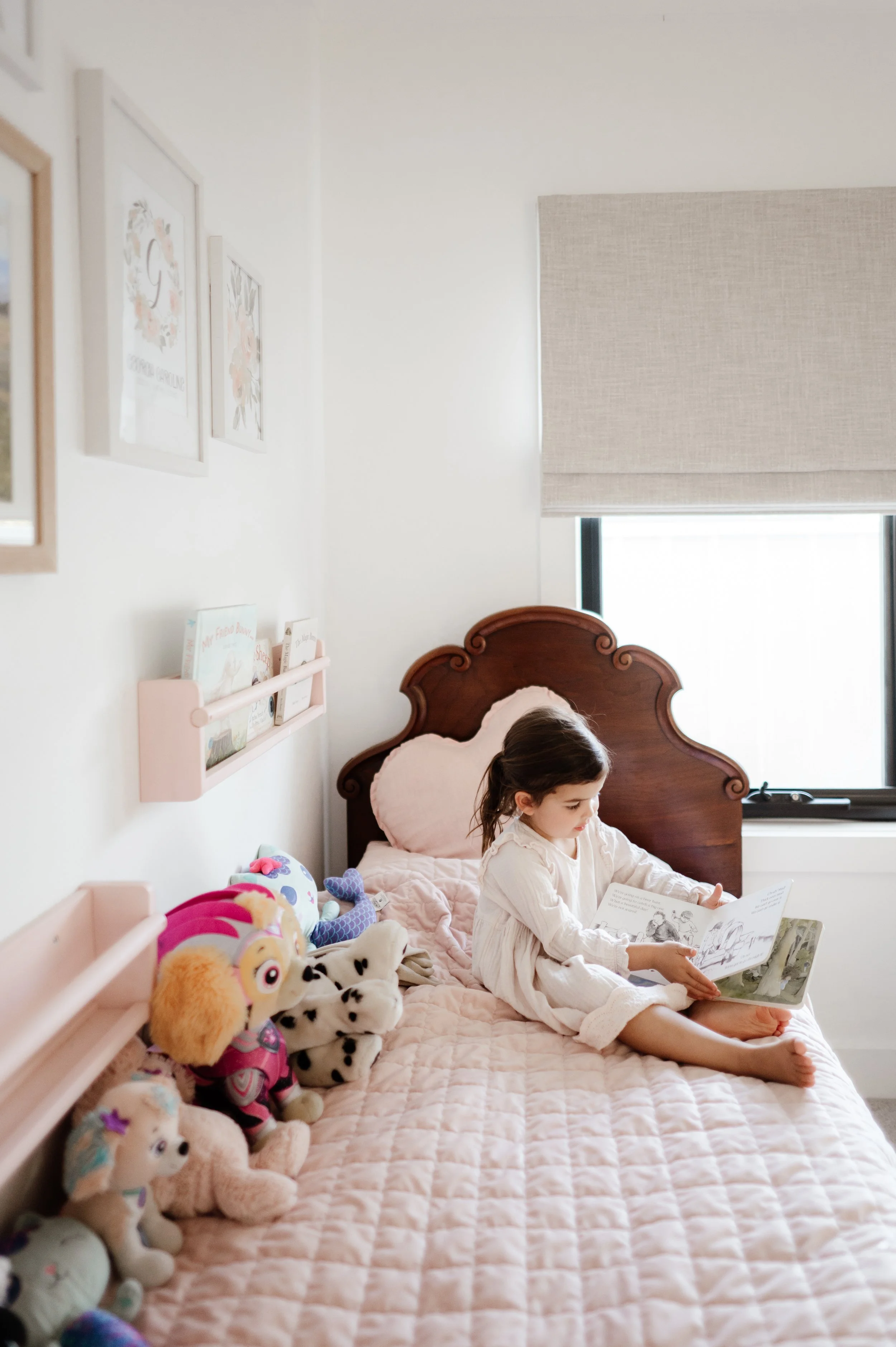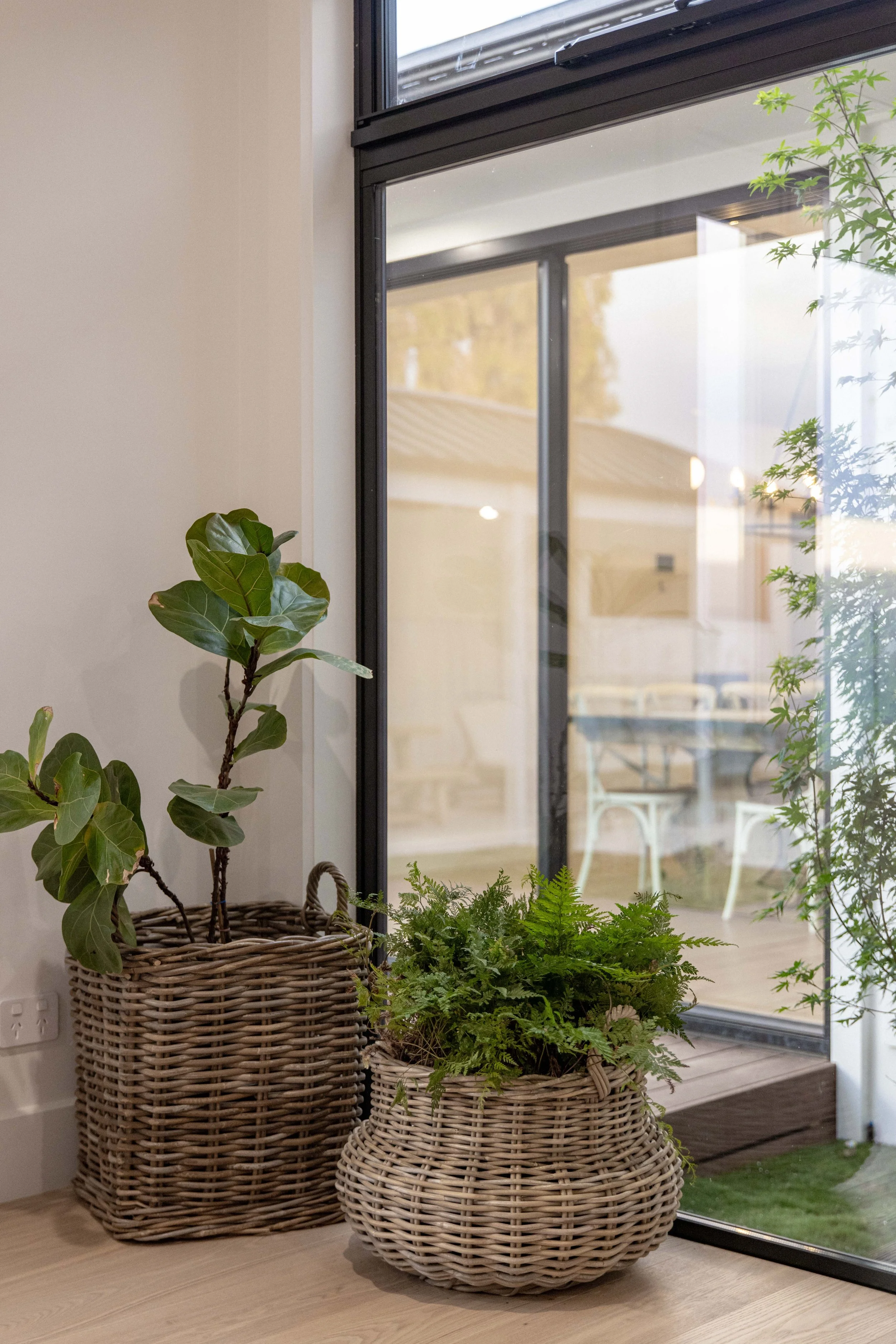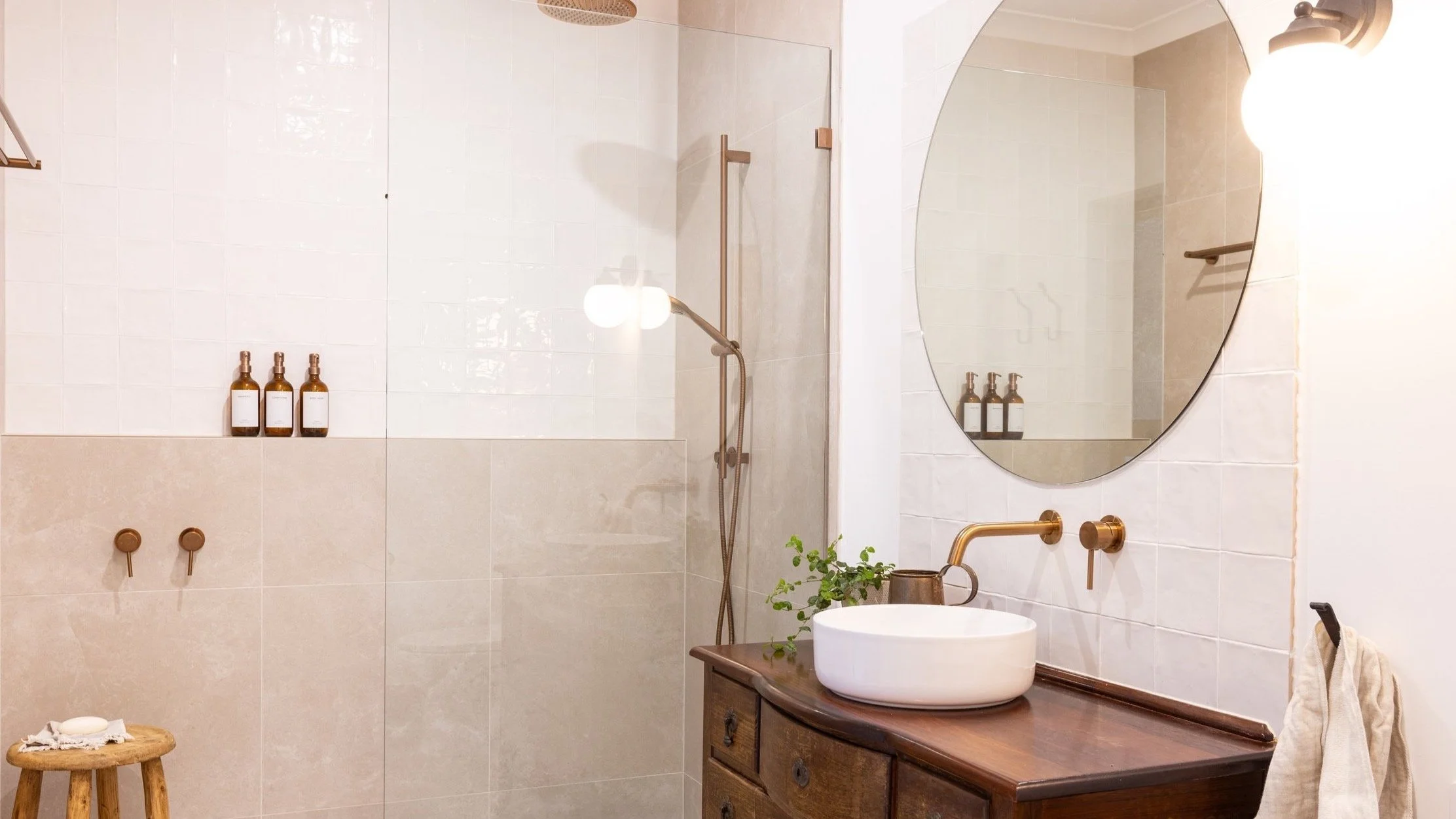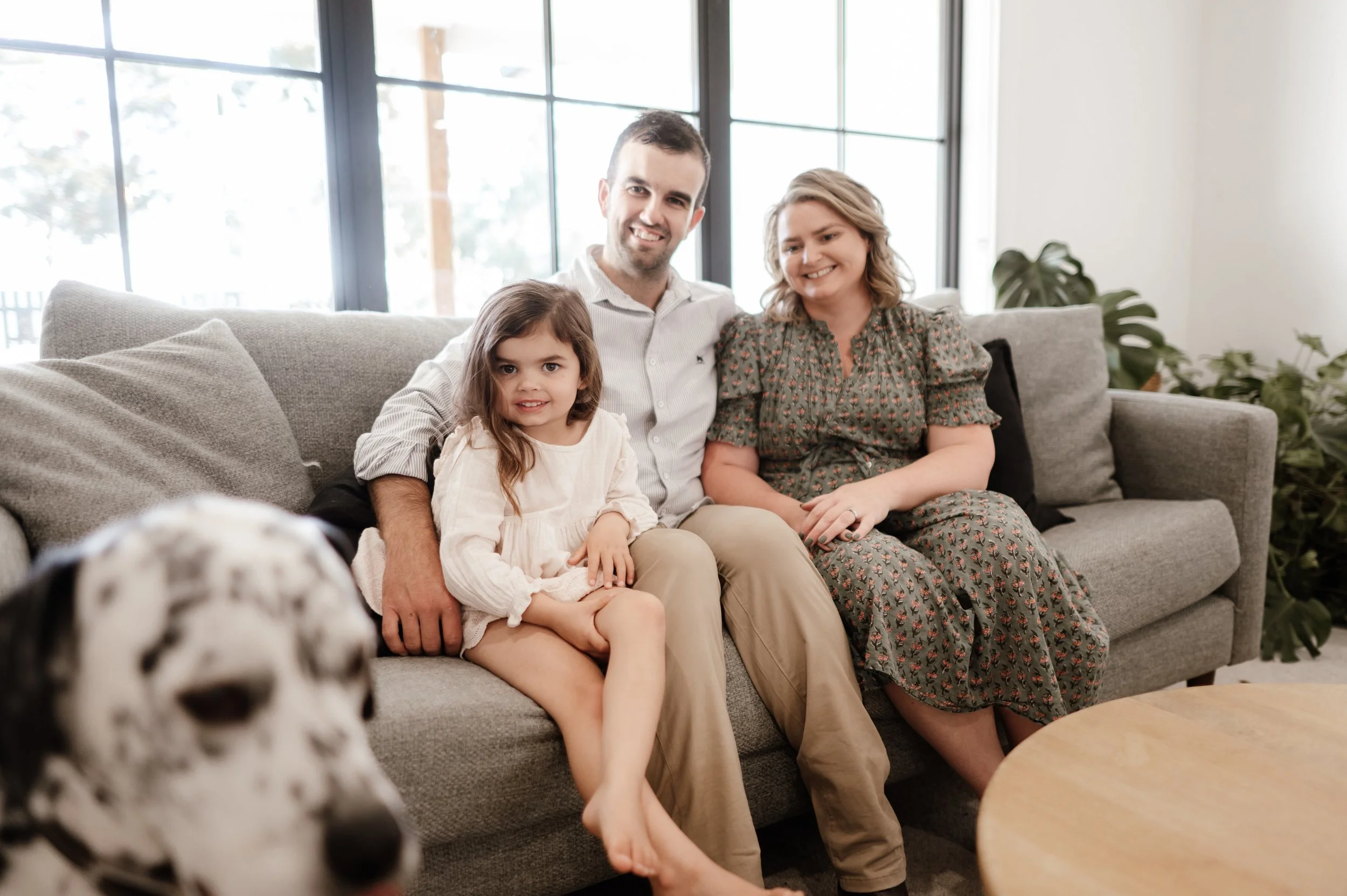How Healthy is your home?
Have you ever noticed the water droplets on the inside of your windows in cold weather? Or maybe you’ve noticed condensation forming under a tin roof on a cold morning? Where does the air from my exhaust fan go when showering?
All these questions all boil down to the health of your family. Protecting your long term and short-term health is your highest priority. A fact of life you should never take for granted. Building a healthy home is a great start in ensuring your family remains healthy every day and every day thereafter. And a healthy home starts by embracing Passive house Design.
As contemporary awareness around environmental sustainability heightens, so does the importance of creating homes that are not only energy-efficient but also health-centric. Enter Passive House design, a building standard that upholds the most rigorous criteria for enhancing energy performance while nurturing healthier living environments. This thoughtful approach to construction surpasses conventional techniques, promising a multitude of benefits ranging from reduced energy consumption to an enhanced indoor climate.
By recent statistics asthma affects 11% of our population and hay fever affects 20% of us. By minimising outside air entering your home through passive design, you are dramatically minimising pollutants and triggers entering your home. This in turn decreases the need for medications by over $480/year for asthma sufferers. These savings are only the tip of the ice burg when building a Passive home.
What is a Passive House
Originating in Germany in the early 1990s, the Passive House (Passivhaus) concept revolves around a simple yet influential mission: to reduce the ecological footprint of buildings while amplifying comfort and indoor air quality. To accomplish this, Passive House design adheres to five foundational principles:
1. Stopping outside elements coming inside (temperature, moisture, drafts and pollutants)
· Thermal Insulation: High levels of continuous insulation across the entirety of the thermal envelope prevent heat loss and ensure a consistent internal temperature throughout the year.
· High-Performance Windows and Doors: These are oriented strategically to maximize passive solar gain, contributing to natural heating and lighting.
· Airtight Construction: Precision sealing eliminates drafts, stopping the entry of cold air during winter and warm air during summer.
· Thermal Bridge-Free Design: This concept eradicates thermal bridging by minimizing any points where heat might escape or enter the building envelope.
2. Removing moisture and pollutants from your home
· Active Ventilation: Mechanical ventilation with heat recovery exchanges stale indoor air with fresh outdoor air while conserving the energy of the pre-conditioned air.
Make it stand out
How do you measure how much air comes in and out of the home?
Standard home designs to 7-star rating are modelled to exchange the entire air volume in your home 10 times per hour. This is modelled and is never assessed or check during or after construction. Less Than 80% of homes constructed just meet the minimum star rating.
With Passive home construction your home is designed to exchange only 0.6 of the entire home per hour. Meaning it would take 16.6 hours to exchange the same amount a standard home would do in 1 hour!
A similar scenario is when you pierce a tiny pin hole in an air-filled balloon vs a gapping 1cm hole. The 1cm hole will be empty well before the pin hole balloon.
By designing your home with these simple principles, Passive House design ensures your home remains consistently energy-efficient and healthier, particularly through the management of indoor climate conditions, including condensation control.
What is condensation and how do I reduce this in my home?
Condensation transpires when warm, moisture-filled air interacts with cold surfaces, converting vapor into liquid and potentially affecting both the home's structural integrity and your health. Common areas where condensation issues loom include windows, walls, and ceiling spaces. Here's how Passive House design carefully relieves this problem:
Enhanced Insulation
Traditional home construction uses inconsistent insulation techniques, leading to cold spots which favour condensation formation. Passive House design employs superior, continuous thermal insulation, maintaining uniform surface temperatures across the entirety of a building's envelope. This technique restricts opportunities for cold spots to arise, reducing the chance for moisture to condense on interior surfaces.
Airtightness
Construction in conventional homes introduces drafts which causes varying temperatures internally, potentially leading to microclimates where moisture condenses. With an airtight construction approach, Passive House design ensures that external weather influences have minimal impact on internal temperatures, preventing conditions that favour condensation.
Superior Windows and Doors
Windows and doors, typically the weakest points in terms of heat loss, are critically addressed within Passive House design using triple-glazed, thermally broken components. These ensure minimal heat transfer, preventing any cold surface, which together with strategic placements, aids in integrating natural light and heat gain without endangering indoor climate comfort. Thermally broken components incorporate the use of rubber/plastic components which “break” the transfer of temperature transferring components like steel and aluminium.
Mechanical Ventilation with Heat Recovery (HRV)
HRV systems sustain essential air exchange rates inside a Passive House without loss of thermal comfort. By balancing incoming air with outgoing air via a thermal exchange means, indoor temperatures and humidity levels remain stabilized, reducing the tendency for condensation significantly. Furthermore, HRV systems filter outdoor air, ensuring that pollutants, allergens, and excess moisture is well managed.
What are the health Benefits Derived from Passive House Design?
Combining the technology of Passive House attributes with their resultant condensation control shapes an optimal living environment in distinctive and measurable ways.
Enhanced Air Quality
Inadequate ventilation in standard homes can trap pollutants, allergens, and moisture, propelling issues like mould spread and respiratory problems. Passive House homes utilize HRV systems that consistently dispense fresh, filtered air while expelling indoor contaminants, fostering greater indoor air quality. This is an active process involving a small amount of energy consumption.
Mould and Mildew Mitigation
By ensuring consistent thermal conditions and meticulous moisture management, Passive House design sidesteps the proliferation of mould and mildew. These horrible agents, which thrive in damp environments, contribute substantially to respiratory problems and allergies. Therefore, through effective condensation control, Passive House fosters a mould-resistant habitat, preserving both health and structure. Just because you cannot see mould doesn’t mean it isn’t there. One of the most dangerous hidden elements in your home causing a decrease in your family’s health.
Thermal Comfort
One of the key overall advantages of Passive House design is the absolute thermal comfort it delivers. Stable indoor temperatures year-round eliminate the need for additional heating or cooling equipment, ensuring a comfortable ambient environment, reducing thermal stress on the body, and creating a serene living space.
Psychological Well-being
Living in worry-free, sustainably designed, and energy-efficient surroundings can elevate emotional well-being. Knowing that one's home is ecologically responsible, economically efficient, and health-promoting gives peace of mind, an essential factor in modern-day living.
Economic Health
Though initially a slightly increased investment, the reduction in energy bills ensued by Passive House's ultra-efficiency conditions equates to long-term savings. Energy-efficient homes translate to decreased dependence on outsourcing energy, promoting not just personal financial stabilization but also broad societal ecological benefit. (more on how Passive homes costs coming soon)
Want to know more about how a passive home can benefit you, your family, your wallet and our planet? Book an initial consultation with us to start your design and construct with Mildura’s leading legacy home builder and certified passive house builder, White Houses and Carpentry.

